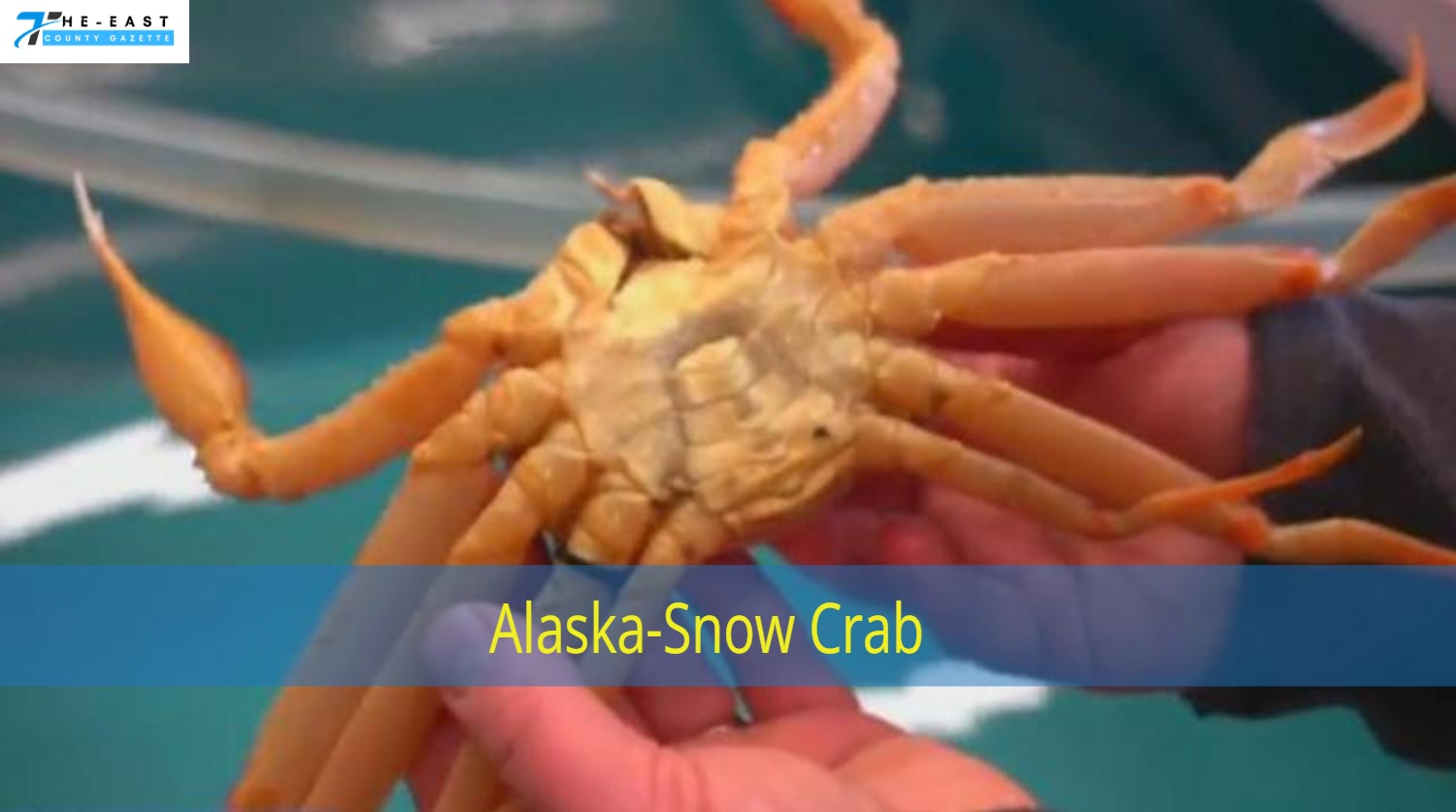After the state of Alaska took the extraordinary step of halting their harvest this season to safeguard the species, researchers claim climate change is the main suspect in a significant die-off of snow crabs in the state. According to the National Oceanic and Atmospheric Administration’s yearly study of the Bering Sea floor, predictions for the total number of crustaceans decreased to roughly 1.9 billion in 2022 from 11.7 billion in 2018, a decrease of nearly 84 percent.
The Bering Sea snow crab season will stay closed for 2022–2023 for the first time, according to the Alaska Department of Fish and Game, which stated in a statement that efforts must focus on “conservation and rebuilding given the status of the stock.” The state’s fisheries produce 60% of the country’s seafood.
Alaska is warming at the nation’s fastest rate

The National Oceanic and Atmospheric Administration report that Alaska is warming at the nation’s fastest rate and losing billions of tonnes of ice per year, which is crucial for crabs, who depend on frigid water to thrive.
According to researcher Ben Daly with ADF&G, “environmental circumstances are changing quickly.” Ben Daly told CBS News. “It is quite clear that there is a connection between the recent high temperatures in the Bering Sea and the response we are witnessing in a species acclimated to frigid temperatures. It is a warning sign for other species that require cold water.”
They were once a plentiful resource in the Bering Sea, and their disappearance is regarded as a sign of ecological disturbance. According to studies, the incidence of bitter crab disease rises as the temperature rises. The crustaceans, so-called because they enjoy cold water, are more metabolically stressed in warm temperatures and hence require more energy to survive.
Crabs die off due to starvation

The current working theory is that the crabs starved to death because they could not meet their metabolic needs. Temperatures in regions where juveniles typically reside increased from 1.5 degrees Celsius in 2017 to 3.5 degrees Celsius in 2018 (35 degrees to 38 degrees Fahrenheit), with studies indicating 3C might be a critical threshold. Young snow crabs, in particular, need low temperatures to hide out from their main predator, the Pacific cod.
Jamie Goen, executive director of Alaska Bering Sea Crabbers, says, “these are truly unprecedented and troubling times for Alaska’s iconic crab fisheries and for the hard-working fishermen and communities that depend on them,” lamenting that second and third-generation crab-fishing families “will go out of business.”
Temperatures have returned to following normal years of extreme heat. According to Fedewa, “the goal is that leaving crabs intact would allow them to breed, there’ll be no mortalities, and we can just let the stock attempt to recover.”
According to Gabriel Prout, whose Kodiak Island fishing operation is strongly dependent on the snow crab population, there has to be a relief program for fishermen, just like there is one for farmers who have failed crops or for towns hit by storms or flooding. When asked what fisherman, whose lives rely on the ocean, can do in this position, Prout said, “Wish and ask. That’s probably the best way to put it.”

